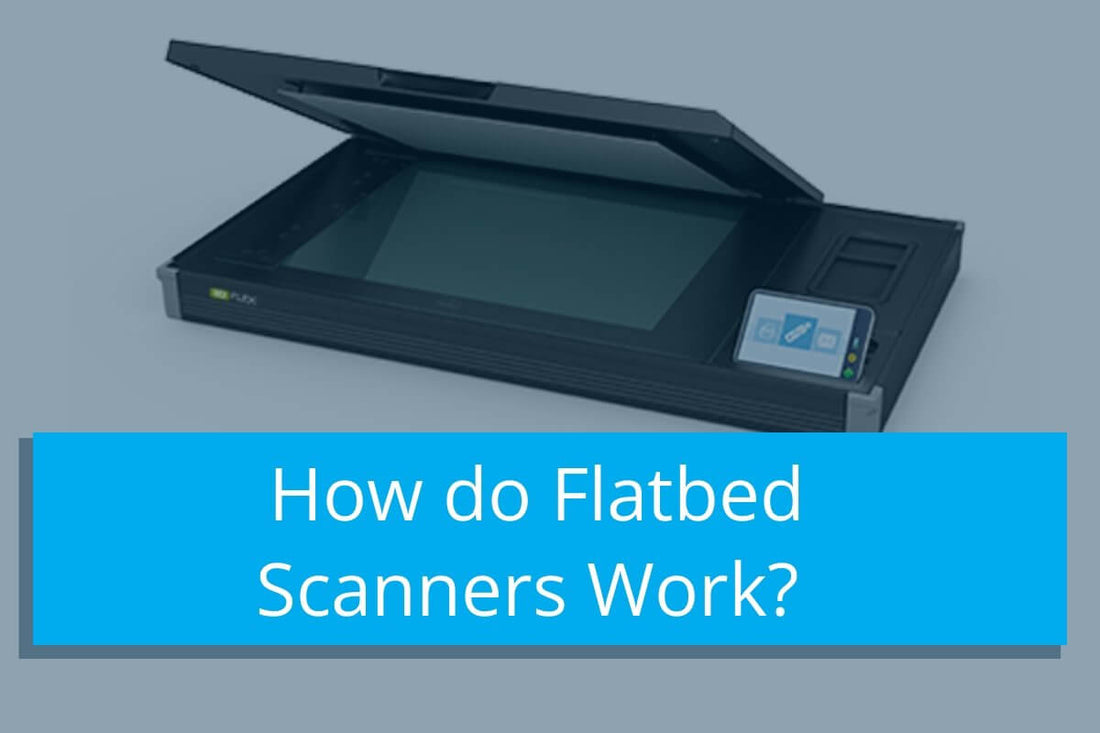
How Do Flatbed Scanners Work?
In the rapidly digitizing world of Architecture, Engineering, and Construction (AEC), it's easy to overlook foundational technologies like flatbed scanners. Yet, their relevance endures, especially when capturing the nuanced details in project blueprints, design drafts, and historical documents.
Though document scanners are commonplace throughout the business world, sometimes things other than standard office documents need to be digitized. In this case, capturing large documents, art pieces, and small objects is justification for considering a flatbed scanner.
How Exactly Do Flatbed Scanners Work?
They use technologies like Charge-Coupled Device (CCD) or Contact Image Sensors (CIS) to capture photos of documents or images.
Stated, they illuminate the document with a light source and capture its reflection through a lens, creating a digital representation.
Let's further explore how flatbed scanners work, their advantages, and their disadvantages, and see why the Contex IQ Flex scanner is a solid, reliable, and versatile contender for your next large-format flatbed scanner.

What Is the Technology Used in Flatbed Scanners?
Flatbed scanners typically use either Charge-Coupled Device (CCD) or Contact Image Sensor (CIS) technology to capture images. CCD scanners produce high-quality, detailed images with accurate color reproduction. In contrast, CIS scanners tend to be faster and more energy-efficient.
Related: Compare CCD and CIS Scanning Technologies
The Digitization Process
When you place a document or photo on the scanner's glass surface and initiate scanning, the machine captures the image at resolutions like 300 dpi, converting it into a digital file.
Are Flatbed Scanners Obsolete?
Far from being outdated, flatbed scanners are handy for AEC projects, prioritizing quality and fidelity. Their ability to scan at high resolutions and accurately reproduce colors makes them indispensable for archiving and restoring essential documents.
What Are the Advantages of Flatbed Scanners?
Versatility: Flatbed scanners can handle a wide range of document sizes and types, including photos, books, and 3D objects.
Image quality: Flatbed scanners can produce high-quality, detailed images with accurate color reproduction.
High Resolution: Flatbed scanners have a high resolution, allowing for high-quality photo scanning. They can accurately capture fine details, textures, and colors, making them ideal for reproducing old photographs.
Versatility: Flatbed scanners can scan photos of different sizes and shapes. They can handle a variety of photo formats, from small passport photos to larger ones, including 4x6, 5x7, and 8x10.
Archiving: Scanning photos with a flatbed scanner allows for easy archiving and preservation of old photographs. The digital files can be stored on a computer or external hard drive, making them easy to access and share with family and friends.
Restoration: Scanning photos with a flatbed scanner allows for easy repair of old and damaged photos. Users can edit and restore scanned images using photo editing software, such as Adobe Photoshop, to remove scratches, tears, and blemishes.
Cost-Effective: Flatbed scanners are relatively affordable compared to specialized photo scanners, making them a cost-effective option for scanning photos.

What Are the Disadvantages of a Flatbed Scanner?
Flatbed scanners slow down the high-volume scanning process since users need to manually place and align each document or image, which is one of their main disadvantages.
They also occupy more desk space than other types of scanners, which could be a drawback in smaller workspaces.
What Is the Difference Between a Document Scanner and a Flatbed Scanner?
Document scanners typically refer to desktop scanners that handle standard 8.5x11 sheets. People use these scanners for automated and high-volume scanning of documents like invoices and receipts.
In contrast, flatbed scanners are more versatile and can handle a broader range of document sizes and types. Users can even use them for scanning bound books.
When it comes to scanning books, dedicated book scanners exist, and they have a unique design intended for scanning bound books and printed materials.
Comparing Scanners - Flatbed vs. Document vs. ADF vs. Overhead
While document scanners are fine for everyday tasks, they need to be more versatile for the complex needs of AEC projects. Automatic Document Feeders (ADF) are suitable for high-volume, standard-sized paper, but can't handle bulky or more fragile documents.
Overhead scanners are perfect for bound materials like books but need more versatility than flatbeds. A great example of an overhead scanner specifically made to scan books and other bound materials is the CZUR M3000 v3.

What Is the Lifespan of a Scanner?
The lifespan of a scanner can vary depending on usage and maintenance. Still, most flatbed scanners can last for several years with proper care. Regular cleaning and maintenance can extend the life of your scanner and ensure that it continues to perform well to produce high-quality scans.
However, over time, the wear and tear of the scanning components can affect the scanner's performance, resulting in lower-quality scans or malfunctions.
Therefore, pay attention to the scanner's signs of wear and tear, such as strange noises, error messages, or mechanical issues. Replacing the scanner might be more cost-effective than repairing it.
Choosing the Right Flatbed Scanner
When selecting a flatbed scanner, there are several factors to consider, including the scanner's size, resolution, scanning speed, and connectivity options.
The scanner's size is crucial because it determines the maximum size of the documents, books, or objects it can scan.
Resolution is also an essential factor to consider, as it determines the level of detail and quality of the scanned image. A higher resolution scanner like the Contex IQ Flex can produce higher quality images, making it a good option for artists, designers, and photographers.
Scanning speed is another consideration, especially for businesses that need to scan large volumes of documents. A faster scanner may be more efficient in these cases.
It is crucial to consider the connectivity options because they determine how the scanner can connect to other devices, such as computers or networks. The Contex IQ Flex offers fast connections via Ethernet or Wi-Fi, making it easy for users to connect to various devices and networks.
Adobe Acrobat & Flatbed Scanners: A Seamless Integration
Adobe Acrobat's robust feature set for editing, annotating, and sharing PDFs pairs excellently with the high-quality digital files produced by flatbed scanners. This harmonious workflow is perfect for streamlining AEC project workflows.
To Scan or To Photograph?
For AEC professionals, scanning trumps photographing when it comes to documents and blueprints. Scanners offer accurate color reproduction and detail capturing, essentials for high-stakes projects that can't afford errors or ambiguities.
Why Choose a Flatbed Scanner?
The utility of a flatbed scanner lies in its versatility. It can accommodate varying sizes and types of documents, from small notes to large blueprints, making it a uniquely tailored tool for diverse AEC needs.
Contex IQ Flex - A Great Choice for a Flatbed Scanner
The Contex IQ Flex is a reliable and versatile large flatbed scanner ideal for users requiring high-quality and flexible scanning solutions. With its impressive 18x24 inch scanning area and digital stitching function, the IQ Flex can quickly scan documents up to 24x36 inches.
It is a top choice for businesses and individuals looking for a scanner that can handle fragile originals, photos, books, newspapers, and other objects.
The IQ Flex uses CleanScan+ scanning technology to produce high-quality and accurate images with true-to-life colors. This advanced technology ensures that the scanned images are of the highest quality, making it an excellent choice for artists, designers, and photographers.
It offers versatile usage with its lid that can be closed, lifted, or opened, making it effortless for users to scan irregularly shaped objects.
The IQ Flex also comes with a built-in controller and touchscreen the size of a tablet PC, which eliminates the need for an extra PC. This feature allows users to operate, edit, and markup files right from the screen, making it easier to use and more efficient.
Additionally, the scanner has fast connections via either Ethernet or Wi-Fi, which makes it easy to connect to various devices and networks.
The IQ Flex bundle includes NextImage Scan & Archive Scanning Software. This award-winning software allows users to manage, edit, and share their scanned images.
Flatbed Scanner Final Thoughts
Flatbed scanners are essential for businesses, offices, and individuals who need to capture documents, art, and small objects digitally. They offer versatility, high-quality scanning capabilities, and ease of use, making them a popular choice.
When selecting a flatbed scanner, it's essential to consider factors such as size, resolution, scanning speed, and connectivity options. Businesses and individuals can benefit from digitalization's convenience, efficiency, and cost savings by choosing a suitable scanner.
Are you eager to bring your AEC projects to the next level? Explore TAVCO's range of high-quality, customizable flatbed scanners today.
You Can Count on TAVCO for Large-Format Scanners
In the complex landscape of AEC technology, you need a vendor as committed to quality and reliability as you are. TAVCO brings you just that—with high-performance tools like our durable large-format plotters, cutting-edge 3D scanners, and innovative software solutions.
We build long-term relationships fortified by unwavering support and innovative solutions that keep you ahead of the curve. Plus, when you have questions or need advice—including cost-effective options—you can always speak directly with a live TAVCO specialist, not a bot or an automated attendant.
Ready to take the next step?
Chat with a TAVCO specialist today to tailor solutions for your unique needs. 🛒 Or explore our range of products [see navigation menu].
About the author:
Kevin Vaughan is the President of TAVCO. With over two and a half decades of experience, he has received various awards for sales performance and channel growth. Published articles focus on AI-powered AEC technologies, CAD software, and large-format technology. When he is not geeking out on new technologies, you can find him hanging with his wife and kids, playing guitar, or Scuba diving.

No comments

![Toner vs Inkjet Plotter Comparison [2023 ] - TAVCO](http://tavcotech.com/cdn/shop/articles/toner-vs-inkjet-plotter-comparison-2023-551095.jpg?v=1702919547&width=360)
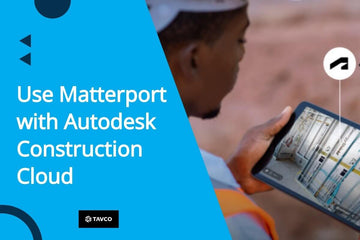
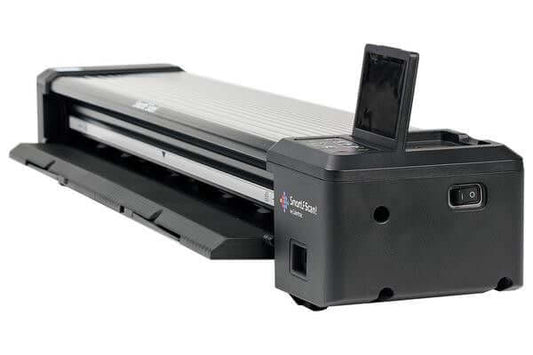
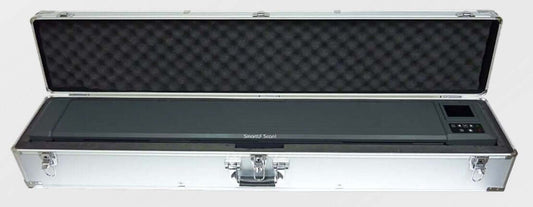


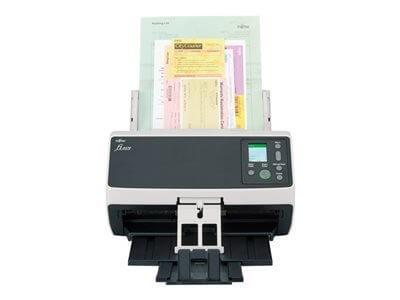
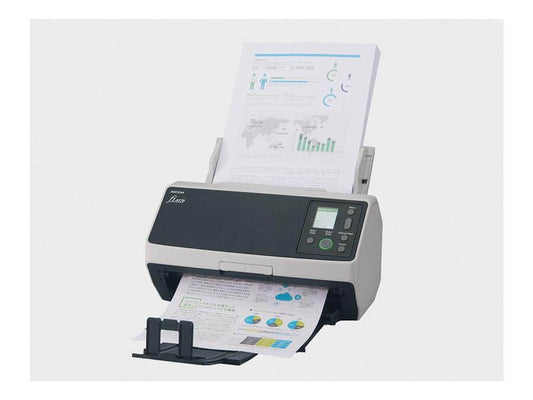
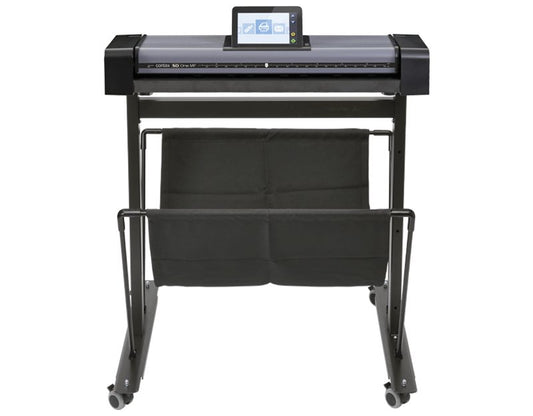
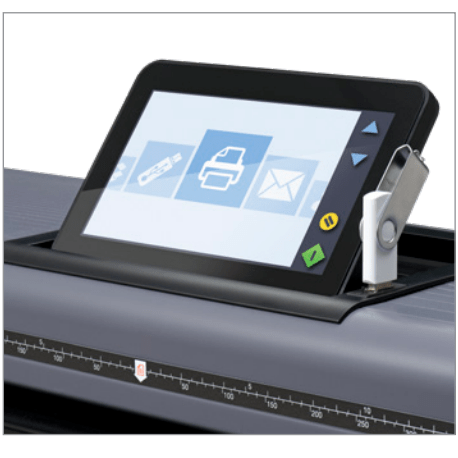
![Matterport MC250 Pro2 Camera [Demo Model Sale] - TAVCO](http://tavcotech.com/cdn/shop/files/matterport-mc250-pro2-camera-demo-model-sale-2922306.jpg?v=1753797590&width=533)
![Matterport MC250 Pro2 Camera [Demo Model Sale] - TAVCO](http://tavcotech.com/cdn/shop/files/matterport-mc250-pro2-camera-demo-model-sale-5147499.jpg?v=1753797590&width=533)

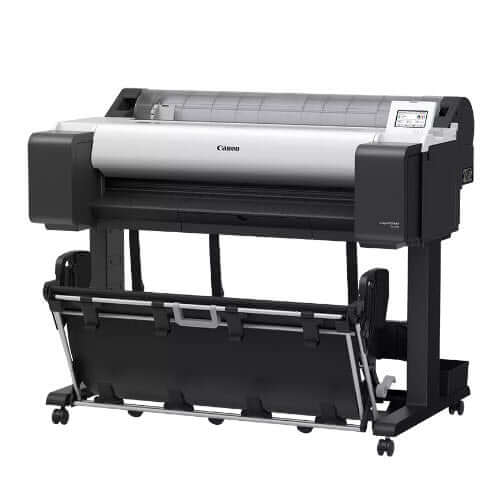
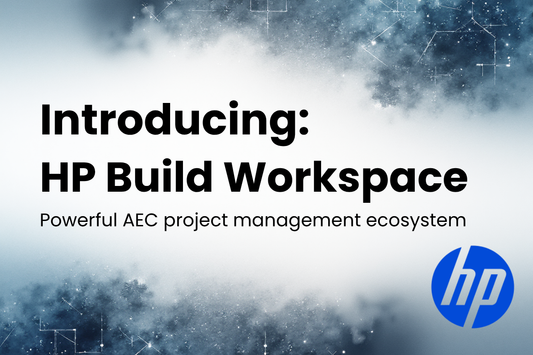
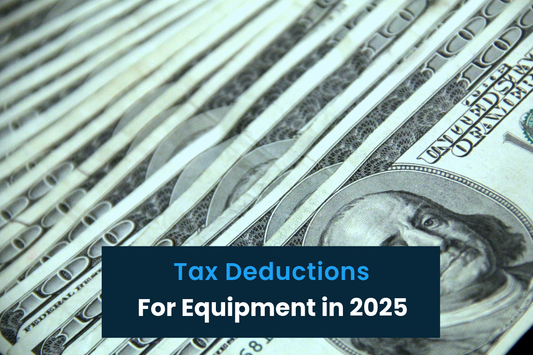
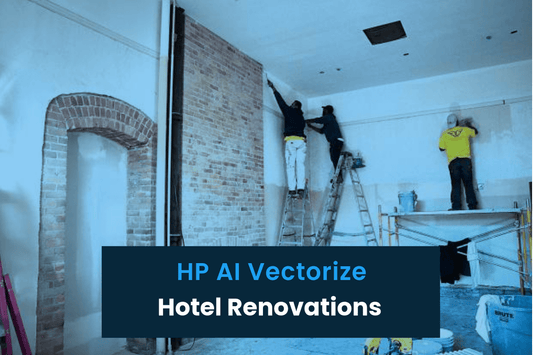
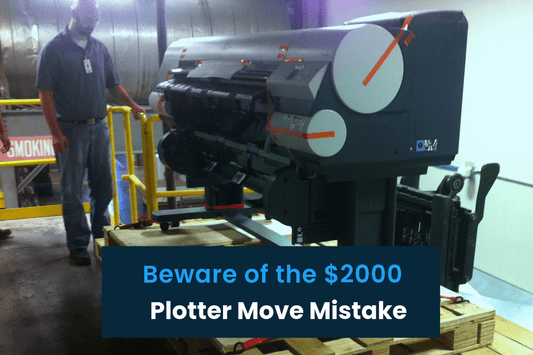
0 comments